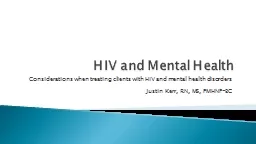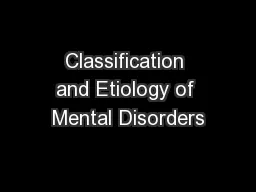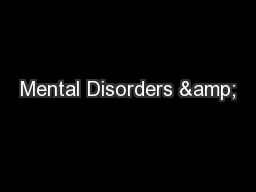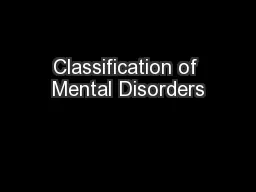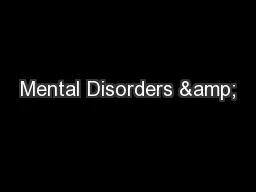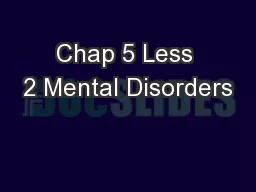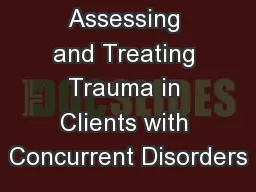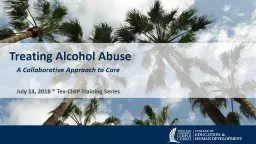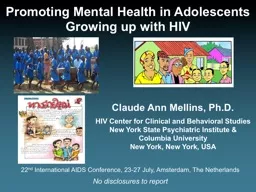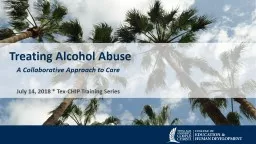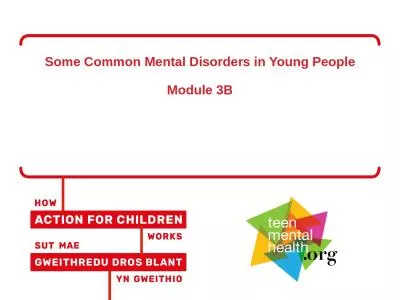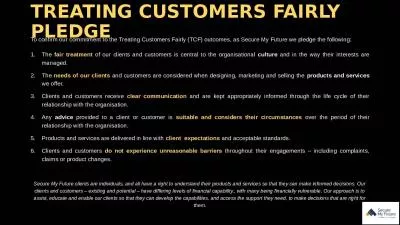PPT-HIV and Mental Health Considerations when treating clients with HIV and mental health
Author : mentegor | Published Date : 2020-06-23
Justin Kerr RN MS PMHNPBC Mental health is defined as a state of wellbeing in which every individual realizes his or her own potential can cope with the normal
Presentation Embed Code
Download Presentation
Download Presentation The PPT/PDF document "HIV and Mental Health Considerations whe..." is the property of its rightful owner. Permission is granted to download and print the materials on this website for personal, non-commercial use only, and to display it on your personal computer provided you do not modify the materials and that you retain all copyright notices contained in the materials. By downloading content from our website, you accept the terms of this agreement.
HIV and Mental Health Considerations when treating clients with HIV and mental health: Transcript
Download Rules Of Document
"HIV and Mental Health Considerations when treating clients with HIV and mental health"The content belongs to its owner. You may download and print it for personal use, without modification, and keep all copyright notices. By downloading, you agree to these terms.
Related Documents

